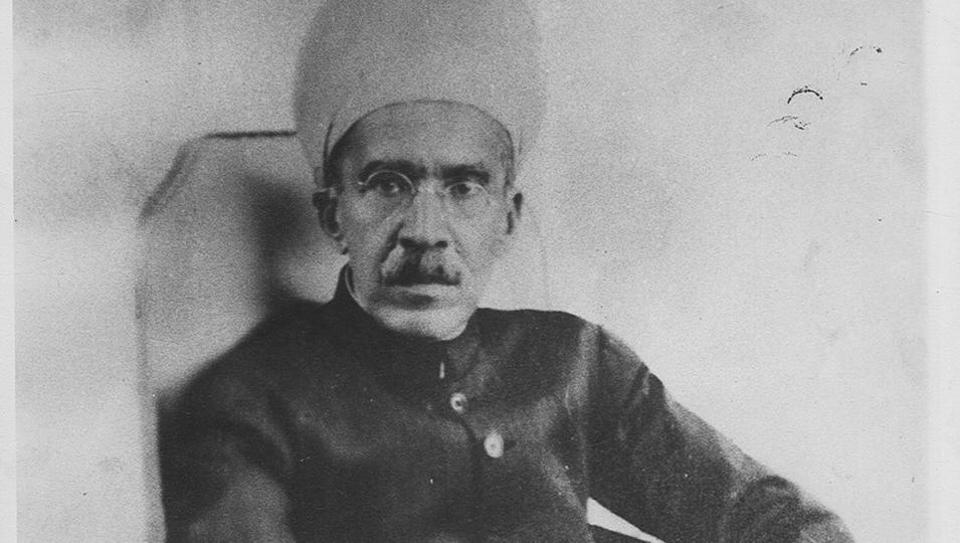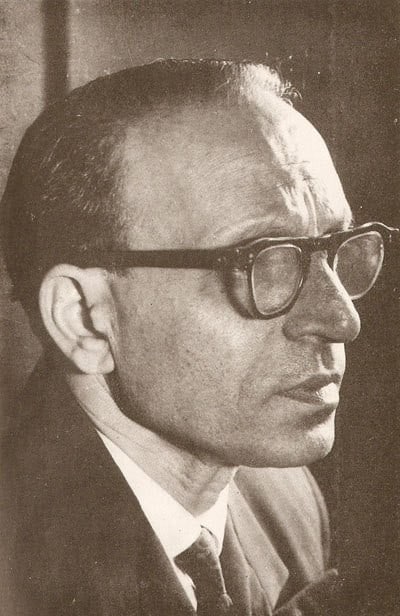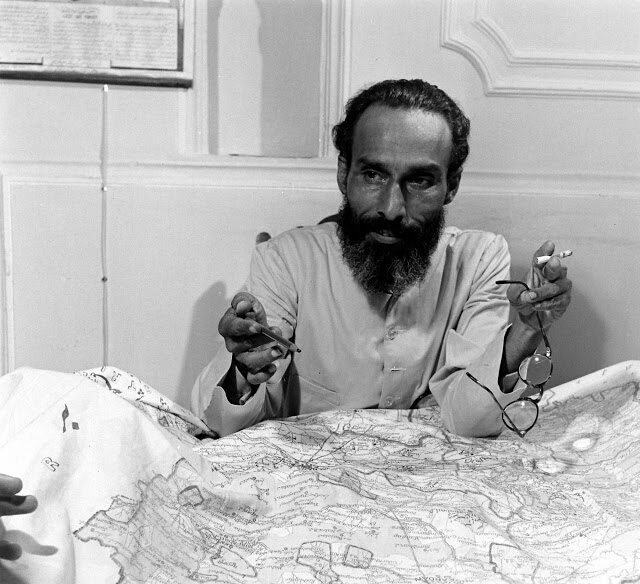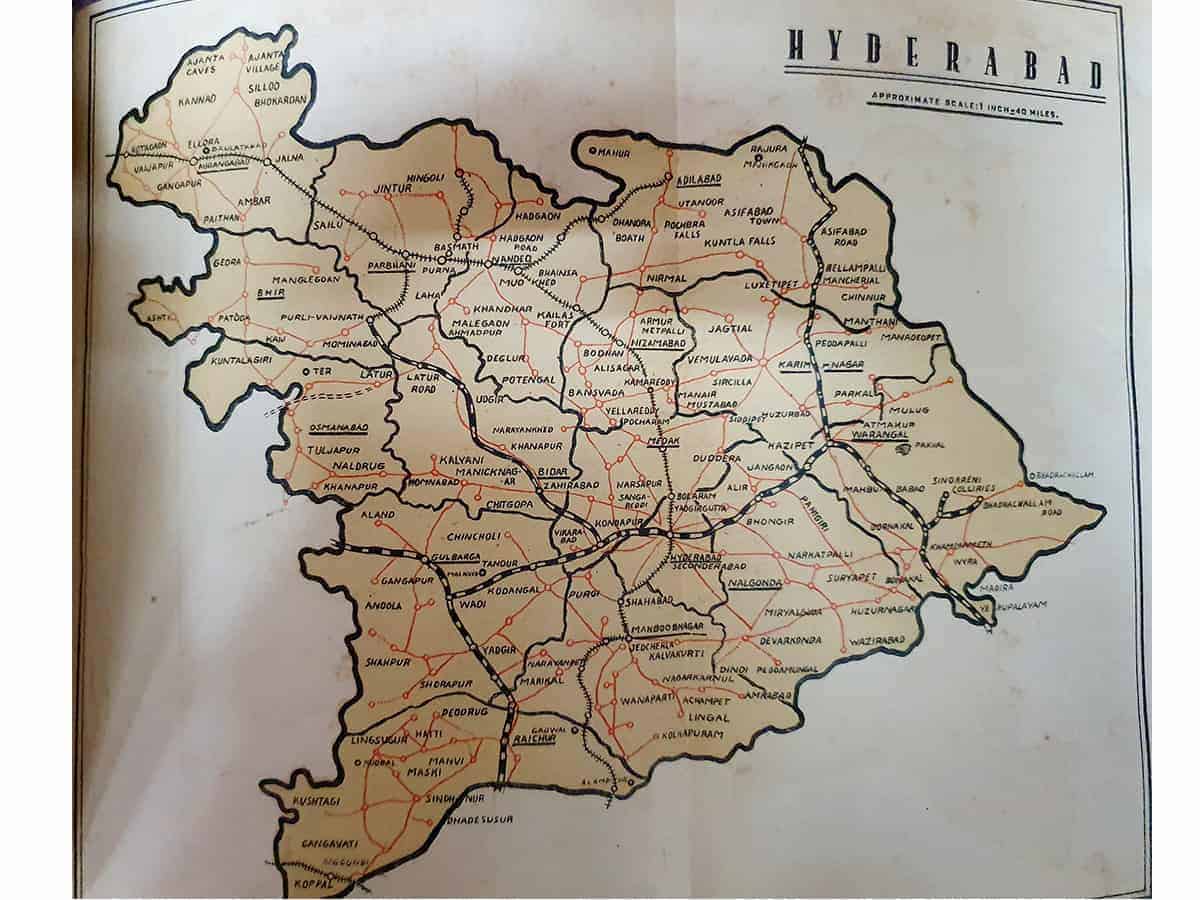Hyderabad: The Bharatiya Janata Party (BJP) in Telangana has been raising temperatures over marking September 1, the date which marks 72 years since the erstwhile Princely State of Hyderabad was annexed to India through military intervention. The saffron party has been specifically making noise over the atrocities of the Razakar militia and the State’s “liberation” from the last Nizam’s rule.
The irony is that these demands are coming from a party that was a non-entity Hyderabad State and Telangana in 1948.
Operation Polo, which is popularly known as Police Action, witnessed widespread violence in Telangana and the Hyderabad state: First through the Razakar militia (headed from 1946 to 1948 by the fanatical Qasim Razvi, who was also president of the Majlis-e-Ittehadul Muslimeen), and later in targeted killings of tens of thousands of Muslims during and after the Indian Army took over post September 17, 1948.
Those were the outcomes of the politically and communally charged milieu then, but a lot more exists in between that also transpired, especially due to the Communist Party of India (CPI)-backed ‘Telangana Armed Struggle’ (1946-51). It was a peasant rebellion that took place against state-appointed Jagirdars; the landholding class that comprised both Hindus and Muslims.
More than the Congress, it was the CPI which had hold in the rural areas of Telangana in 1948 and well beyond.
Liberation from who?
In 1948, when the Hyderabad state was annexed to India, it was ruled by Mir Osman Ali Khan, the seventh and last Nizam, who essentially tried his best to make his state an independent or autonomous entity after India got its independence. The Nizam’s Hyderabad state, with a population of about 1.6 crore and, comprised eight districts in Telangana, five in Maharashtra and three in Karnataka.
The underbelly of the Nizam’s rule, especially in Telangana, was that of extreme oppression by state-appointed Jagirdars (landlords), whose main task was to collect revenue (taxes and rent) from farmers and give it to the Hyderabad state.

The Telangana landlords were anything but benevolent, and almost entirely in rural areas comprised of folks from dominant castes, apart from the Muslims. Vetti Chakiri (bonded labour) was also commonplace, wherein lower-caste people were forced to service the landowning class. Hyderabad’s Nizam owned 10% of the state’s lands, while 60% of it were revenue lands (Diwani), and 30% were under the Jagirdars (Telangana People’s Struggle and its lesson: P. Sundarayya).
While Osman Ali Khan drew a fat cheque for himself from his private lands, Jagridars were indulging in atrocities against peasants (forced collections). “Visnur Ramchandra Reddy, the biggest Jagirdar, had about 40,000 acres of land alone in Warangal. It was against him that Ailamma stood up against and she was also backed up the CPI workers. The Armed Struggle was against feudalism movement, and not entirely anti-Nizam,” said Raghu Pal (81), whose father and former CPI MLA Gopal Reddy had participated in the Telangana Armed Struggle.
As the Indian Army entered the areas controlled by the Nizam after the state was annexed to India on September 17, 1948, there were large scale murders, rapes and looting of Muslims in Marathwada and Kannada speaking areas.
Raghu Pal said that one of the reasons why Telangana did not witness a massacre of Muslims was due to the CPI which ensured that its workers prevented communal clashes in rural areas. “While the annexation of Hyderabad itself is not an issue perhaps, the fallout of it was the targeted killings of Muslims in the districts of Maharashtra and Karnataka,” he said.
According to the Sunderlal Committee report (Pundit Sunderlal was appointed by the then Prime Minister Jawaharlal Nehru to look into atrocities), 27000-40,000 Muslims had been killed in communal violence in districts like Gulbarga, Osmanabad, Bidar, etc
The BJP was not there
More importantly, in Telangana at least, old-timers, especially those who were alive then, said that Hindu Jagirdars had even worked with the Razakars to gang up against the CPI, which had violently seized lands from the landlords. “There were many Muslims who supported the Communists, like Shoaibullah Khan. I was 13-14 years then. This propaganda that all Hindus were attacked during the Nizams state is also wrong. The BJP was not even there then,” said K. Pratap Reddy (84), from the CPI.
Bonded labour and forced collections are believed to be the main reasons behind the uprising, which began in 1946, and officially ended in 1951, till the communists decided to contest elections. Some of the tallest CPI leaders from Telangana then were Makhdoom Mohiuddin, Ravi Narayan Reddy, Arutla Kamala Devi, Ch. Rajeshwar Rao, etc.
Many CPI leaders from Andhra, like P. Sundarayya and D. Venkateshwar Rao, also led the movement, which continued after Police Action. “We were the ones fighting the Razakars, and later the Indian army had come. Patel and Nehru were more worried about the Communists,” said M K, Moinuddin (93), a former Jagirdar and CPI legend who went underground in 1948. Moinuddin in fact gave away his lands to his tenants.

Razakars and Qasim Razvi
Syed Qasim Razvi, a lawyer from Latur (Marathwada region in Maharashtra), took over the reign of the Majlis-e-Ittehadul Muslimeen (started in 1927) in 1946, after the death of Bahadur Yar Jung in 1944. One of the major reasons behind Police Action is believed to be the fanatical Qasim Razvi, who started the Razakar (volunteers) militia which indulged in atrocities in Telangana and the Hyderabad state.

Many believe that it was because of his reckless statements and actions the blowback against the state was harsh after Operation Polo, especially against Muslims in the Hyderabad state.

